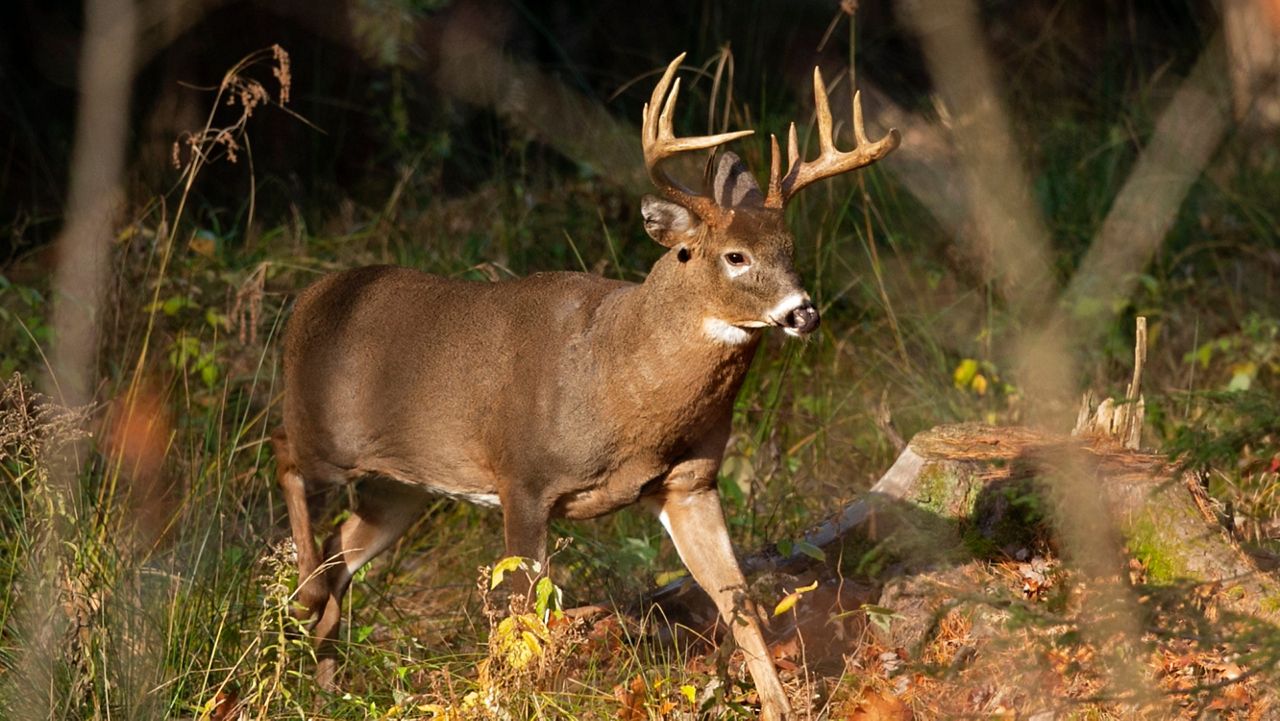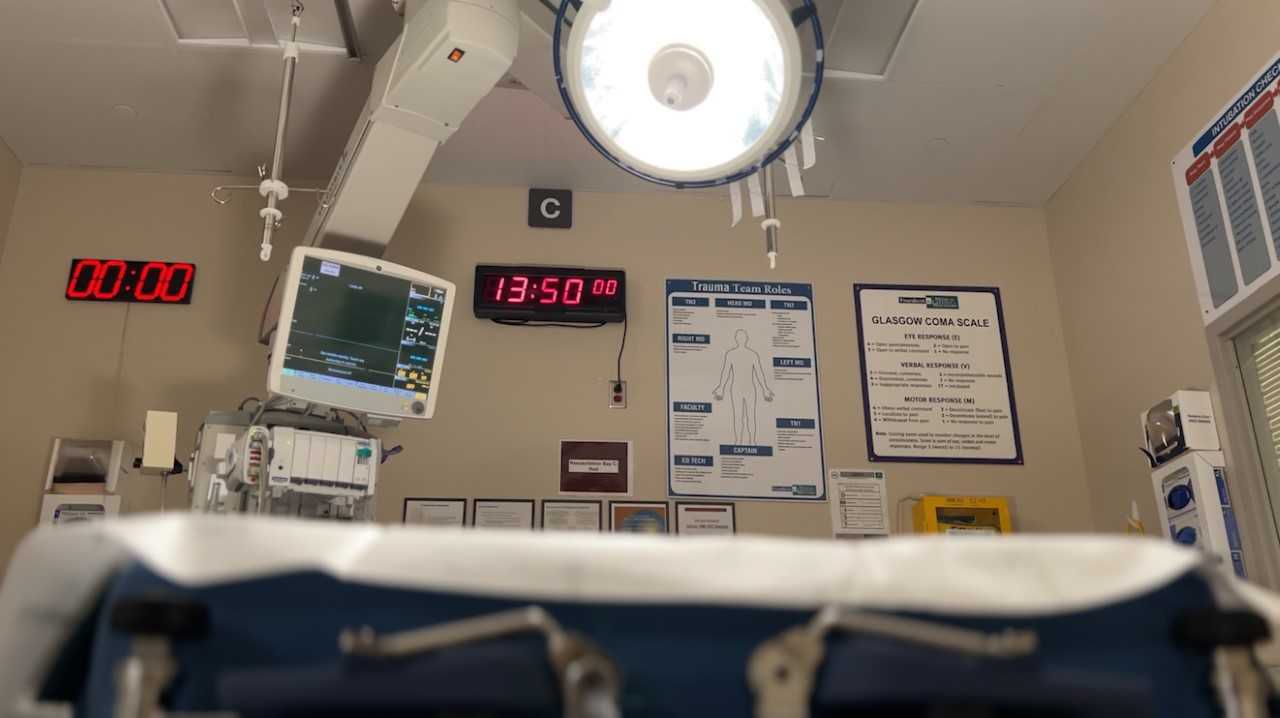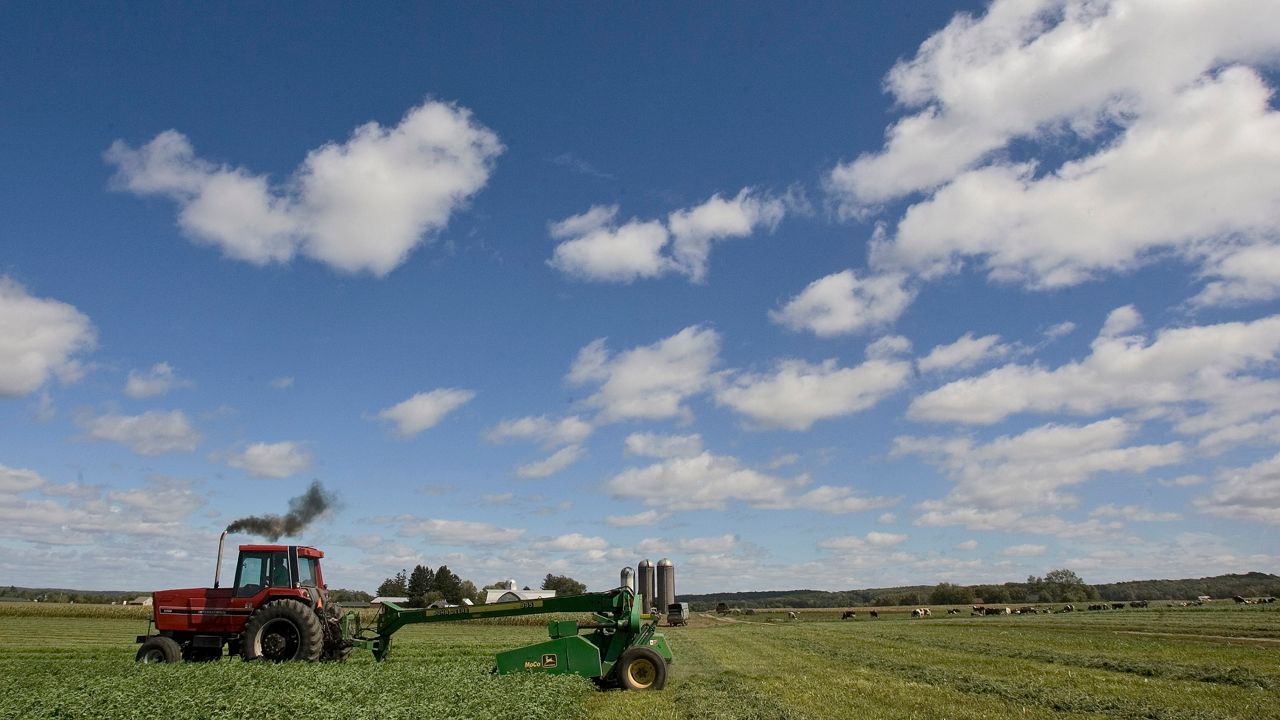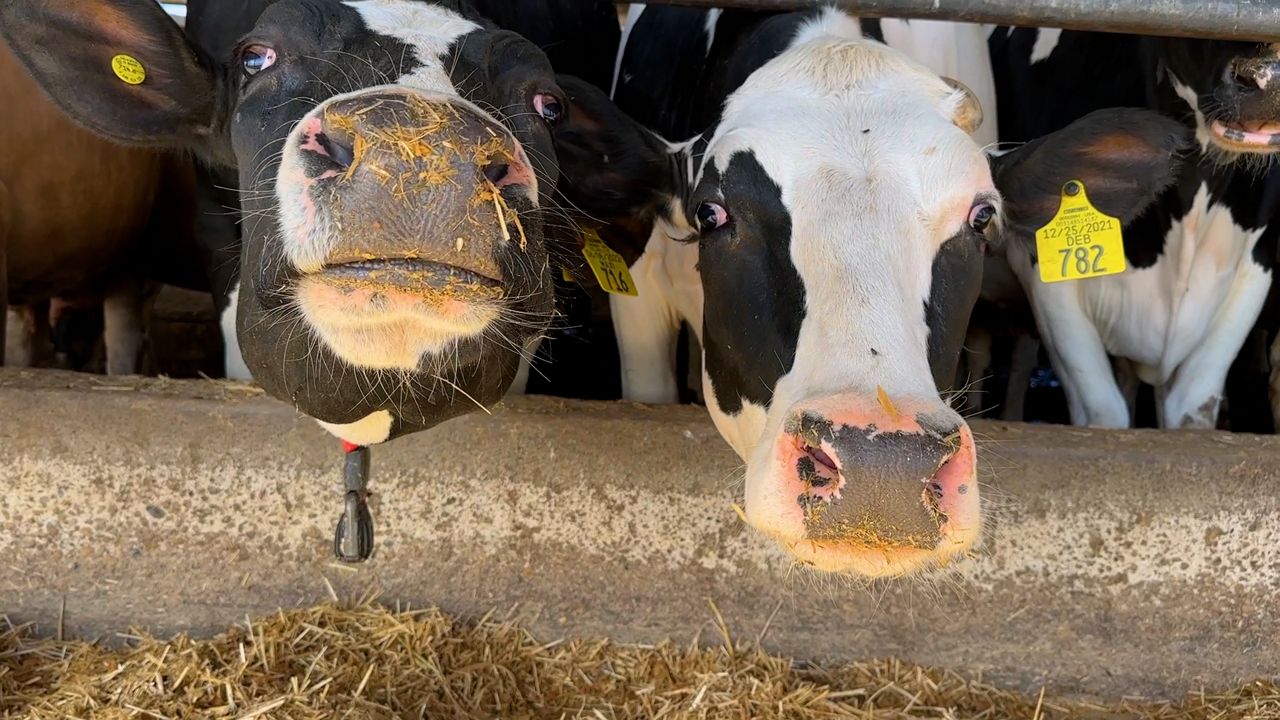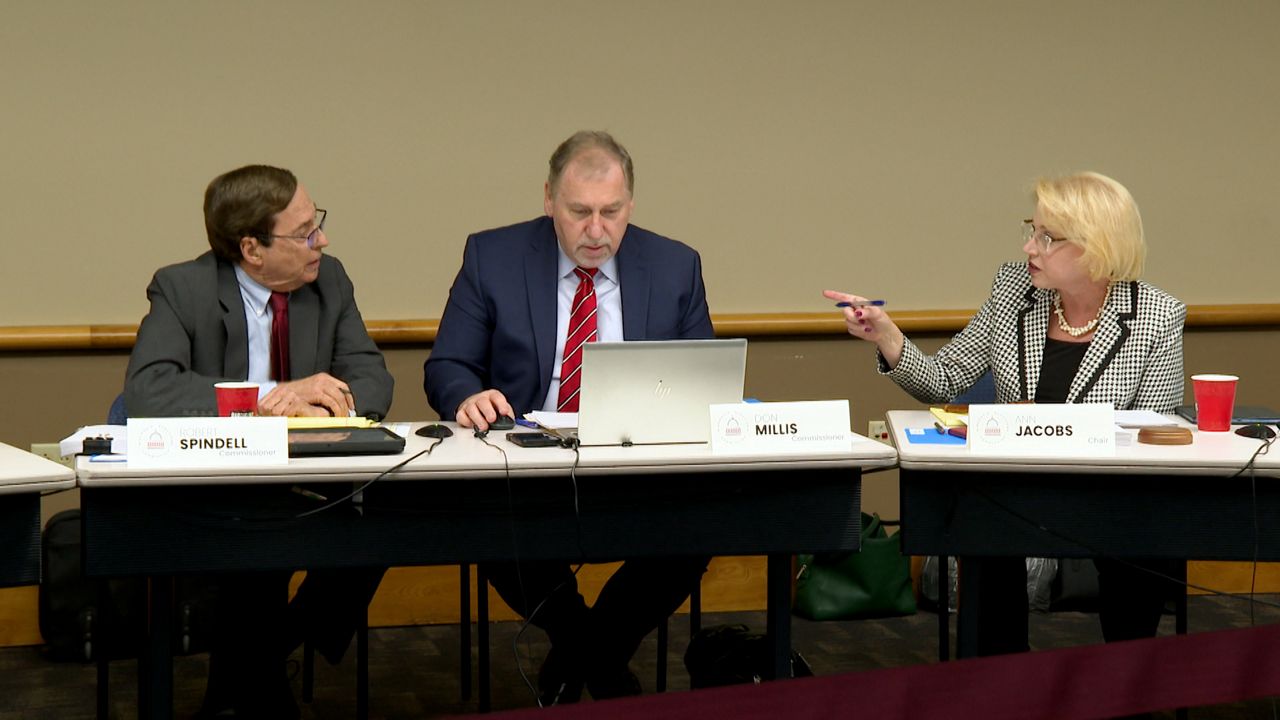COLLINS, Wis. — When Wisconsin hunters take to the woods for the nine-day gun hunt, there will be fewer members of the “orange army” in the field than two decades ago.
DNR Deer Program Specialist Jeff Pritzl said Baby Boomer numbers continue to drop, but so do other age categories.
“We have about 100,000 fewer deer hunters than we did back in the year 2000. That is likely going to continue," said Pritzl.“We have about 100,000 fewer deer hunters than we did back in the year 2000. That is likely going to continue," said Pritzl. "We still have roughly 600,000 deer hunters in the state, so there’s going to be over a half a million people out deer hunting on opening weekend, so it’s still a major event."
Pritzl said over 80% of the state’s population does not deer hunt, but everyone relies on hunters to keep the herd size in check. There is concern over the herd size in the farmland areas.
“In the farmland, it’s been a long-term chronic challenge to keep a cap on deer numbers in much of the southern two-thirds of the state,” explained Pritzl. “In the northern forest, it’s going to be more on a roller coaster. It’s going to go up and down.”
Mild temperatures have allowed more deer to survive what can sometimes be a difficult winter and springtime in Wisconsin. The DNR said it doesn’t expect a strong yearling crop to improve harvest numbers, especially since the season is as late as it can be on the November calendar.
)
“That oftentimes equates to a little bit of suppression in harvest because deer movement, especially daytime movement when we’re hunting, starts to decline as we get further away from the peak of the rut in early November,” said Pritzl.
Pritzl also said while there may be more young deer this year, most hunters choose not to harvest the smaller animals, which shouldn’t impact overall numbers too much.
Chronic Wasting Disease remains top of mind for the DNR and many hunters. Pritzl encouraged hunters to submit samples and to check out the department’s CWD webpages for information.
“Where we’re really encouraging hunters to participate is to help define that leading edge of where the disease is spreading. Kinda through the central part of the state and some hot spots in the northern part of the state,” said Pritzl.
He said hunters should also check the DNR website for the latest information on baiting.
Those restrictions are subject to change, even during the season, based on CWD testing results.
Safety efforts aimed at hunters seemed to have paid off last year with no gun fatalities reported by the DNR.
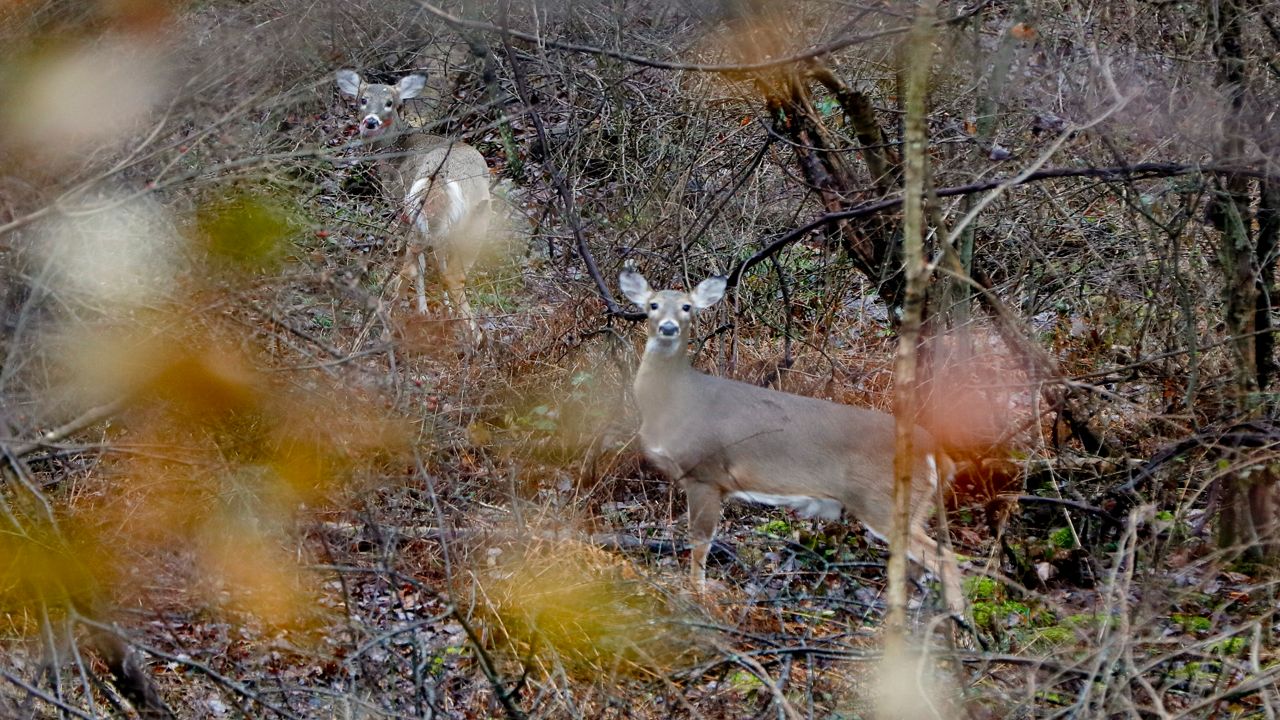
An emphasis on hunter education and firearm safety rules were noted by Pritzl. He said most accidents happen when hunters fall from tree stands or elevated platforms.
“That’s the most common risk. A lot of hunters now are operating off-road vehicles, UTV’s or ATV’s to get equipment in or out or deer in or out. That introduces a safety factor as well,” said Pritzl.
Hunters are advised to let others know when and where they plan to hunt, and when they will return. Cell phones, walkie talkies, or even an emergency whistle should always be within reach.
The DNR wants to remind hunters to register their harvested deer by 5 p.m. the following day. You can do so, here.





